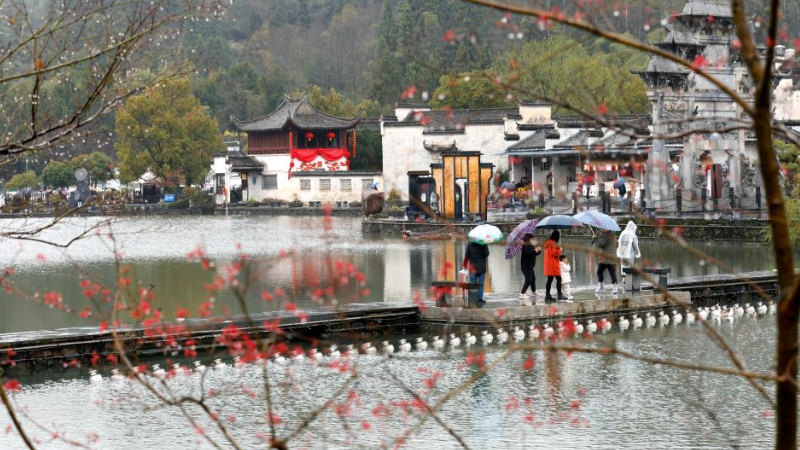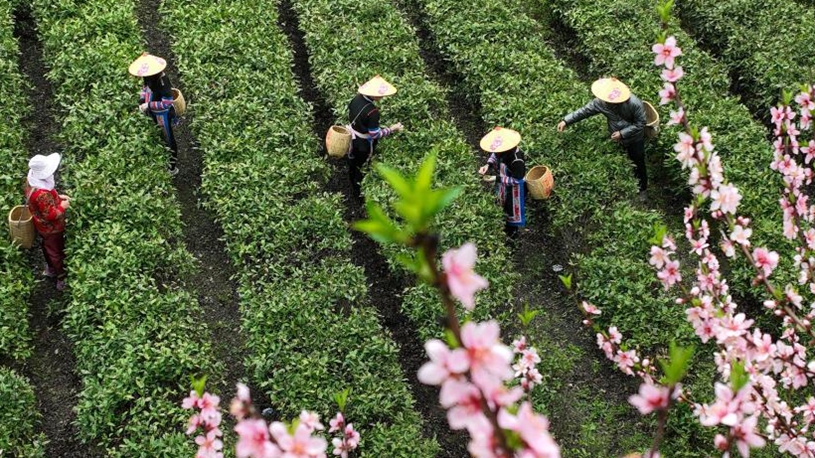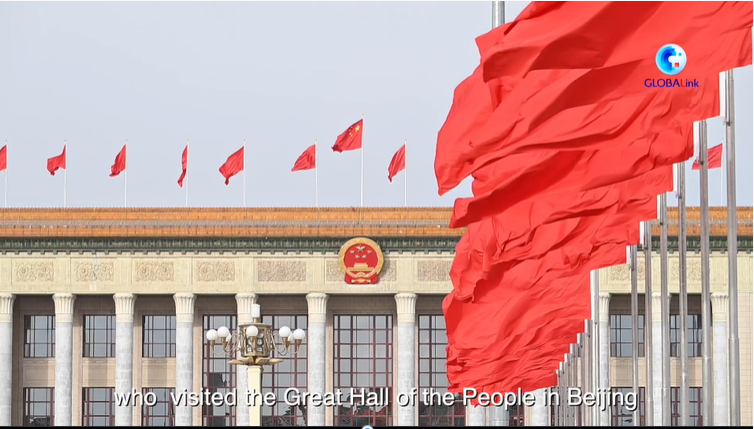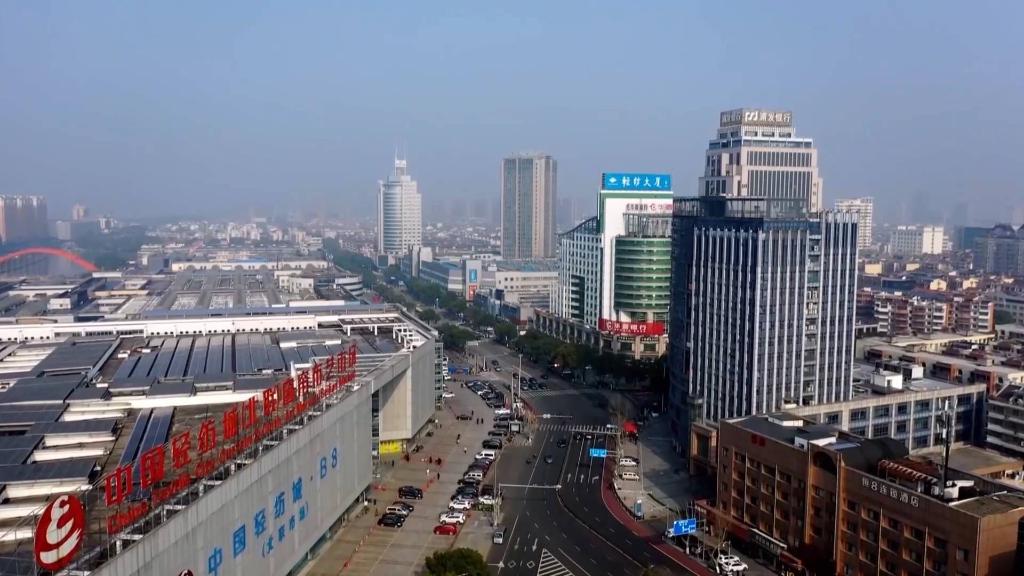* Northeast China, once the nation's heavy-industry heartland, has seen an escalating winter sports boom and found golden opportunities from its silvery snow in recent years.
* During the first snow season after China successfully hosted the Beijing 2022 Winter Olympics, northeast China, consisting of Liaoning, Jilin, and Heilongjiang provinces, achieved a strong recovery of the ice-and-snow economy.
* Despite facing challenges such as inadequate supporting facilities and insufficient diversity of winter sports, northeast China is firmly seizing the opportunity to expand the layout of the ice-and-snow economy and aims to target the global market.
CHANGCHUN, March 25 (Xinhua) -- Northeast China, once the nation's heavy-industry heartland, has seen an escalating winter sports boom and found golden opportunities from its silvery snow in recent years.
The region, known for its rich ice-and-snow resources, is riding on the wave of the Beijing 2022 Winter Olympics to develop its winter sports industry and push for greater participation.
During the first snow season after China successfully hosted the Beijing 2022 Winter Olympics, northeast China, consisting of Liaoning, Jilin, and Heilongjiang provinces, achieved a strong recovery of the ice-and-snow economy.
Jilin registered a 23.61 percent year-on-year increase in the number of domestic tourists during the Spring Festival holiday this year, and Liaoning's overall revenue of ski resorts in the period was 2.5 times that of the same holiday last year. Heilongjiang has seen the participation rate of mass ice-and-snow sports rise to 57.8 percent.
This aerial photo taken on Nov. 24, 2022 shows the Beidahu ski resort in Jilin City, northeast China's Jilin Province. (Xinhua/Xu Chang)
THRIVING ICE-AND-SNOW ECONOMY
While spring is arriving in many parts of China, the ski fields in northeast China are still open.
Zhang Zenghua, 59, prepares meals for ski lovers from across the country at her homestay in Nangou Village, Beidahu Township, in Jilin. A recent cold front continued her brisk business.
Located at a latitude of 40 to 47 degrees north, Jilin has excellent natural conditions for developing the ice-and-snow industry.
Zhang is the first farmer in the village to engage in the homestay business, which is close to the Beidahu ski resort. "I have witnessed the Beidahu ski resort develop into a top ski destination in China, and I have more guests," said Zhang.
During the Spring Festival holiday this year, Jilin handled about 11.55 million domestic tourist trips, up 23.61 percent year on year, and garnered domestic tourism revenue of 11.2 billion yuan (about 1.64 billion U.S. dollars), an increase of 33.31 percent from last year.
More than 300 kilometers away from Nangou lies Harbin, the provincial capital of Heilongjiang, which provides more opportunities for tourists to go sightseeing and take photos in winter.
As an annual winter gala, the Harbin International Ice and Snow Festival received over 800,000 visitors during its latest business season. Over a hundred giant ice and snow sculptures, long slides made entirely of ice and snow, and numerous other recreational facilities gained popularity.
"It's my first time at the ice and snow festival, which has been wonderful. The big slide was magical," said Paul Hando, a tourist from Australia.
This aerial photo taken on Jan. 5, 2023 shows a fireworks show at the Harbin Ice-Snow World theme park in Harbin, northeast China's Heilongjiang Province. (Xinhua/Wang Jianwei)
HIGH-QUALITY DEVELOPMENT
The ice-and-snow economy boom not only injected more vitality into northeast China but enabled the region to give full play to its advantages as an old industrial base to develop the ice-and-snow industry, which goes beyond winter sports and winter tourism.
In early February, the temperature in Heihe City, China's northernmost Heilongjiang Province, dropped below minus 20 degrees Celcius. At a test track in Heihe, located in a high-latitude and cold region, a test driver was checking the electronic stability system of a vehicle.
Normally, automobiles are test-driven in extreme weather conditions to ensure quality, drivability, and safety before mass production, making Heihe a great destination to conduct relevant tests.
Heihe has vigorously promoted the local test drive business to foster new growth engines.
Some 170 to 200 automobile manufacturers come to the city each year to conduct vehicle testing, generating a direct income of between 170 and 200 million yuan for the local car testing industry, said Diao Weidong, director of Heihe's bureau of industry and information technology.
Furthermore, northeast China has turned the ice and snow, which the locals used to complain about as causing many inconveniences, into a driving force for economic transformation and upgrade.
The Gongchangling district in Liaoyang City, Liaoning Province, was once identified as a national resource-exhausted district.
However, by establishing the largest ice-and-snow talent training base in Liaoning, a move to transform and upgrade its development model, the district has attracted thousands of enthusiasts from various skiing clubs to attend training sessions.
"We train ski coaches, snow groomer operators, and ski resort operators, among others, to promote the high-quality development of the ice-and-snow industry," said Cui Enwei, chairman of Liaoyang Gongchangling ski resort and director of Liaoning winter sports association.
This photo taken on Feb. 24, 2022 shows students of a vocational college warming up ahead of a short track speed skating training session at Qitaihe Sports Center in Qitaihe, northeast China's Heilongjiang Province. (Xinhua/Xie Jianfei)
GOING GLOBAL
Despite facing challenges such as inadequate supporting facilities and insufficient diversity of winter sports, northeast China is firmly seizing the opportunity to expand the layout of the ice-and-snow economy and aims to target the global market.
Jilin has proposed the "Ice and Snow Silk Road" plan. "The plan serves as a platform to build international cooperation in the field of ice and snow and further expand the international influence of Jilin," said Jin Zhenlin, deputy director of the department of culture and tourism of Jilin Province.
Heilongjiang has made it clear that by 2025, it plans to construct several national and provincial-level ski resorts and winter tourism destinations, as well as cultivate several internationally competitive ice-and-snow enterprises and related well-known brands.
The province is also the cradle of China's gold medalists at the Winter Olympics. Athletes from its Qitaihe City, with a population of less than 700,000, have won seven Winter Olympic gold medals in just over 40 years.
The development potential of the ice-and-snow industry in northeast China is also echoed by winter sports professionals.
"I've seen the mountain (piste) grow and expand during these five seasons. There are big changes. And I know there will be even more in the next three to five years," said Max Blouin, a Canadian snowboard coach at Beidahu ski resort.
"I see more and more people coming to this sport. That's the reason why I'm here. Because China is a new market that will boom within the next few years," Blouin added.
In addition, there's a solid foundation for northeast China's ice-and-snow industry to go global. Vasaloppet China, an annual long-distance cross-country skiing race originating in Sweden over a hundred years ago, has been held in Changchun, the provincial capital of Jilin, for 21 years.
The competition attracts athletes from China and overseas and has provided free cross-country skiing training for over 1 million university students.
"The unique advantages of abundant ice-and-snow resources, a broad participation base, and leading winter sports performance in the country make northeast China a strong competitor to build a world-class ice-and-snow economy," said Mu Dapeng, director of the Jilin provincial sports bureau. (Video reporters: Huang Xinxin, Si Xiaoshuai, Shao Meiqi, Wang Fan, Ma Xiaocheng; video editors: Liang Wanshan, Yin Le) ■












